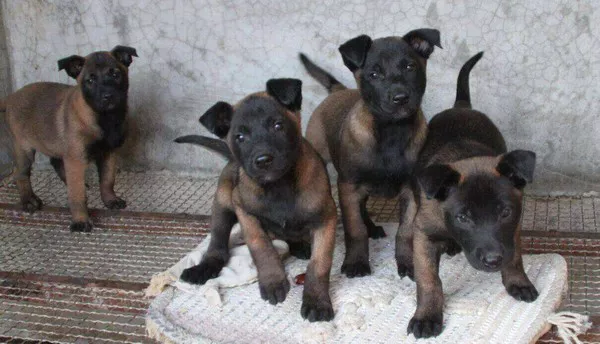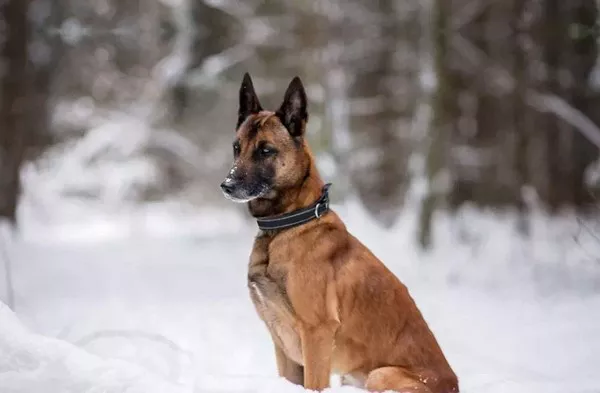Corn snakes (Pantherophis guttatus) are one of the most popular pet snakes worldwide. Their striking coloration, docile temperament, and relatively simple care requirements make them ideal for beginner and experienced reptile keepers alike. Despite their widespread popularity in captivity, many people wonder whether corn snakes are endangered in the wild. In this article, we will explore the conservation status of corn snakes, their natural habitat, threats to their populations, and efforts being made to ensure their survival.
What Are Corn Snakes?
Corn snakes are non-venomous constrictors native to the southeastern United States. They belong to the Colubridae family, which is the largest family of snakes. These reptiles are medium-sized, typically growing between 2.5 to 5 feet in length. Their bodies are slender, and they have a distinctive pattern of red, orange, brown, or yellow blotches outlined in black on their backs. Their bellies often feature a checkered pattern that resembles corn kernels, which is how they got their name.
Corn snakes are primarily found in forests, grasslands, and abandoned farmlands. They are skilled climbers but spend most of their time on the ground, hiding under logs, rocks, and in burrows. These snakes are excellent hunters, preying on small mammals, birds, and reptiles. They subdue their prey by constriction, meaning they wrap their bodies around their prey and squeeze until it suffocates.
Are Corn Snakes Endangered?
The International Union for Conservation of Nature (IUCN) lists the corn snake as a species of “Least Concern.” This means that, overall, the population is stable and not at immediate risk of extinction. However, there are regional concerns in certain parts of their native range due to habitat destruction, human activities, and illegal collection for the pet trade.
Factors Affecting Corn Snake Populations
Although corn snakes are not considered endangered, several factors pose potential threats to their wild populations. Let’s explore some of these threats in more detail.
1. Habitat Loss
One of the biggest threats to wild corn snake populations is habitat destruction. As urban areas expand and forests are cleared for agriculture, industry, and housing developments, the natural habitats of corn snakes are shrinking. These snakes rely on open woodlands, overgrown fields, and abandoned farm buildings for shelter and hunting grounds. When these areas are developed, corn snakes have fewer places to live and hunt, making survival more difficult.
2. Road Mortality
Roads pose a significant danger to many snake species, including corn snakes. Because they often travel across roads while searching for food or mates, they are at risk of being struck by vehicles. Many people mistakenly believe that all snakes are dangerous and intentionally run them over, further contributing to road mortality.
3. Misidentification and Persecution
Corn snakes are often mistaken for venomous species, such as copperheads. As a result, people may kill them out of fear. Education about snake identification and the ecological benefits of non-venomous snakes can help reduce unnecessary killings and promote conservation.
4. Illegal Collection for the Pet Trade
While corn snakes are commonly bred in captivity, there is still some illegal collection from the wild. Unscrupulous collectors may take wild corn snakes and sell them in the pet trade. This practice can have a negative impact on wild populations, especially in localized areas where their numbers may already be low.
5. Climate Change
Changes in climate can affect corn snake populations by altering their habitat, food availability, and reproduction cycles. More extreme weather conditions, such as prolonged droughts or unusually cold winters, may impact their survival rates.
Conservation Efforts and Protection
Although corn snakes are not endangered, conservationists and herpetologists work to ensure that their populations remain stable. Here are some ways in which conservation efforts support the species:
1. Habitat Preservation
Conserving natural habitats is one of the best ways to protect corn snake populations. National parks, wildlife reserves, and conservation easements help preserve the ecosystems these snakes rely on. Organizations and local governments are working to protect and restore forests, grasslands, and wetlands where corn snakes live.
2. Public Education
Educating the public about corn snakes and other non-venomous species is crucial in reducing unnecessary killings. Many organizations and educators promote awareness through workshops, social media campaigns, and school programs. Teaching people how to identify and appreciate corn snakes helps foster coexistence between humans and wildlife.
3. Responsible Pet Trade Practices
Reputable breeders ensure that pet corn snakes come from captive-bred sources rather than being taken from the wild. Captive breeding not only provides healthy pets but also reduces the demand for wild-caught individuals. Responsible pet owners should always research their sources before purchasing a snake to ensure they are not contributing to illegal collection.
4. Wildlife Legislation
Some states and countries have laws in place to protect native snake species. In certain areas, collecting wild corn snakes may be restricted or require permits. These regulations help prevent overcollection and ensure that wild populations remain healthy.
5. Roadway Conservation Measures
In areas where road mortality is a major concern, conservationists work to implement measures such as wildlife corridors, underpasses, and signage to protect snakes and other wildlife. These strategies help reduce vehicle-related deaths and allow snakes to move safely between habitats.
How You Can Help Corn Snakes
Even if you don’t live in an area where corn snakes are native, you can still help support their conservation. Here are some ways to contribute:
Support conservation organizations – Donate to or volunteer with groups that focus on reptile conservation and habitat protection.
Advocate for wildlife-friendly policies – Support local and national conservation efforts that protect natural habitats.
Educate others – Share knowledge about corn snakes and their importance in the ecosystem to reduce fear and misconceptions.
Be a responsible pet owner – If you keep a corn snake as a pet, ensure it comes from a reputable breeder and never release pet snakes into the wild.
Conclusion
Corn snakes are not currently endangered, but they do face threats such as habitat loss, road mortality, and illegal collection. While their populations remain stable overall, conservation efforts are necessary to ensure they continue to thrive in the wild. By protecting natural habitats, educating the public, and promoting responsible pet ownership, we can help maintain healthy corn snake populations for generations to come.
These beautiful and beneficial snakes play an important role in their ecosystems by controlling rodent populations and contributing to biodiversity. With proper conservation efforts and public awareness, corn snakes will continue to be a thriving species both in the wild and in captivity.
Related Topics:
- Can a Corn Snake Eat Corn?
- Can Corn Snakes Be Left Alone?
- How Big Does a Corn Snake Cage Have to Be?























